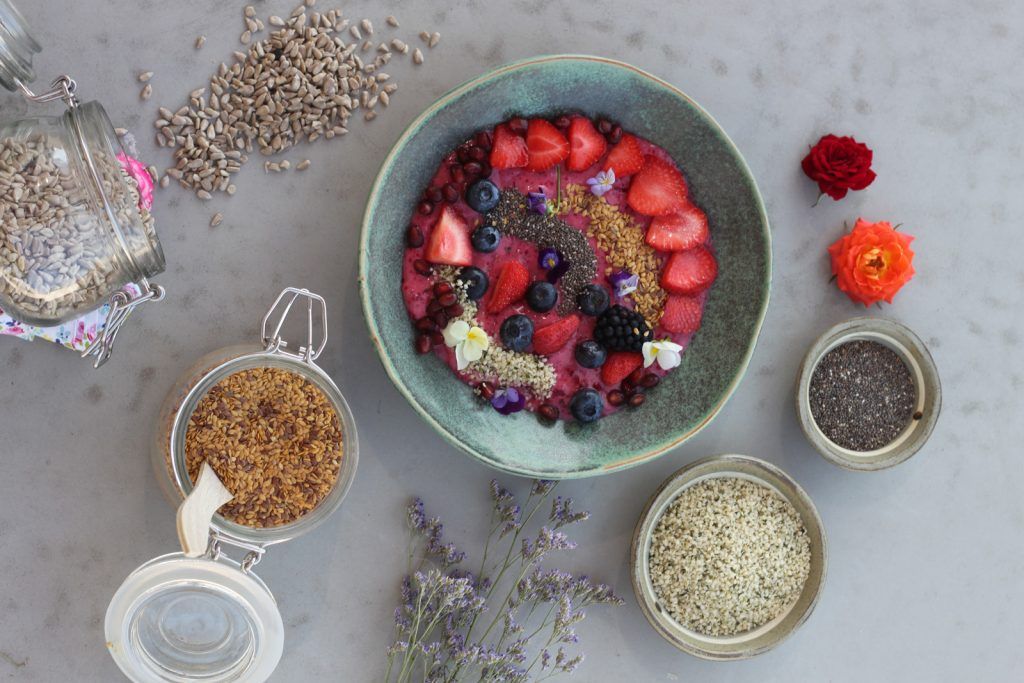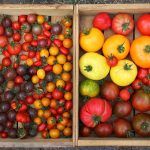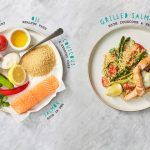Just like so many other vitamins and minerals, a daily balance of omega fatty acids is necessary to keep us in tip-top health. Our bodies can’t make these fatty acids, so it’s down to us to help ourselves by including omega-rich foods in our diets.
For the most part, fat is regarded as negative. However, the term fat is broad by definition; in contrast to popular opinion that all fat is bad, there are “good” and “bad” fats. The “good” fats are the essential fatty acids (EFAs) from the omega-3 and omega-6 families, required for the proper structure and function of every cell in our bodies.
The most common way of getting omegas in our diet is through oily fish or eggs – but if you’re veggie, vegan or have chosen to reduce your intake of animal products, then you might be wondering where else you can get your EFAs from. When it comes to upping your omega levels, don’t worry about bringing your calculator into the kitchen. All you have to do is focus on getting more plant-based omega-rich foods like these into your diet.
LINSEED OIL (FLAXSEED)
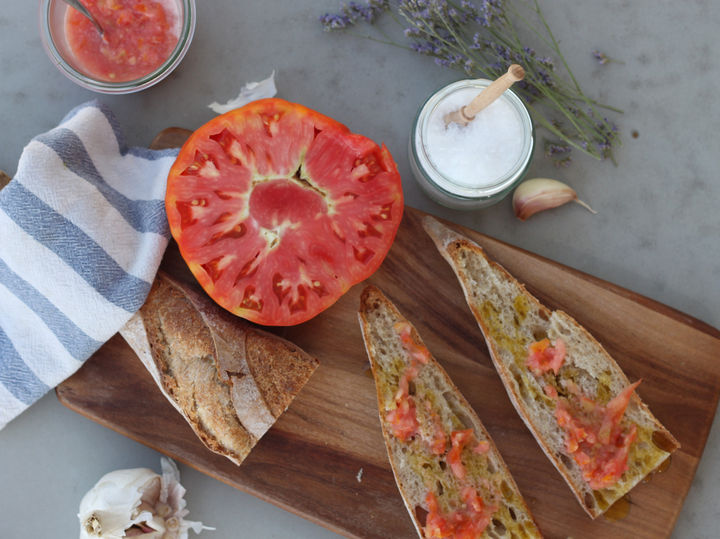
Some of my favorite products are linseeds and linseed oil, which are rich in natural fatty acids. When using the oil, be careful to only use it in its raw form, unheated, and preferably kept in a dark bottle and cupboard. The oil is sensitive to light and temperature which easily damages the omega-3s and reduces their health benefits.
My favourite way to use linseed oil is to drizzle it on a garlic-rubbed piece of toast topped off with juicy tomatoes or avocado – my idea of heaven on a plate! It’s also great on salads, in homemade pesto, and is great for giving extra oomph to pasta dishes or veggies.
WALNUTS
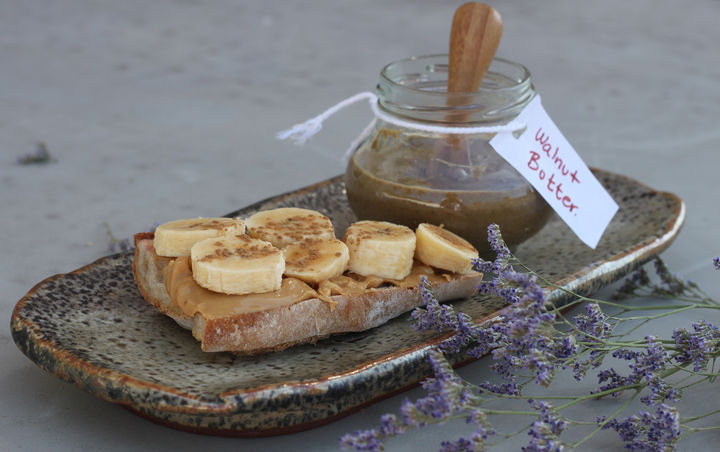
Not only are walnuts tasty, they’re also super-healthy. The superstar of the nut family in terms of omega-3s, they contain more goodness than any other nut. Use these gems to top off beautiful salads and to add an unexpected crunch to risottos or pasta dishes. I love nut butters, so when I have the time I make my own, simply by blending walnuts with coconut oil and adding a pinch of sea salt for flavour.
WINTER SQUASH & LEAFY GREENS
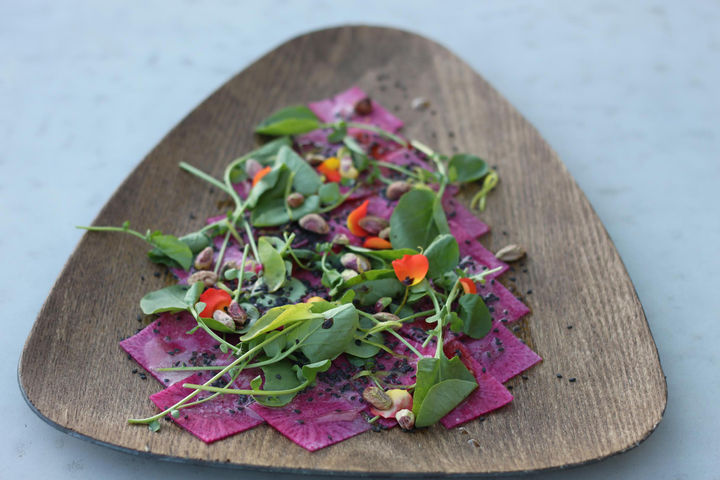
Leafy green veg and squash contain some omega-3s, too. Juice, blanch, roast, blend into a smoothie or use in a lovely salad – there are endless options for getting your greens in.
Kale has become synonymous as being a “super food” and is great in salads, blanched or used as a filling, like in Jamie’s delicious vegan rolls. Squash can be eaten in so many ways and is a huge hit with kids as it tastes slightly sweet. Roast it, blend it into a soup – you can even use it to make pancakes.
ALGAE & SEAWEED
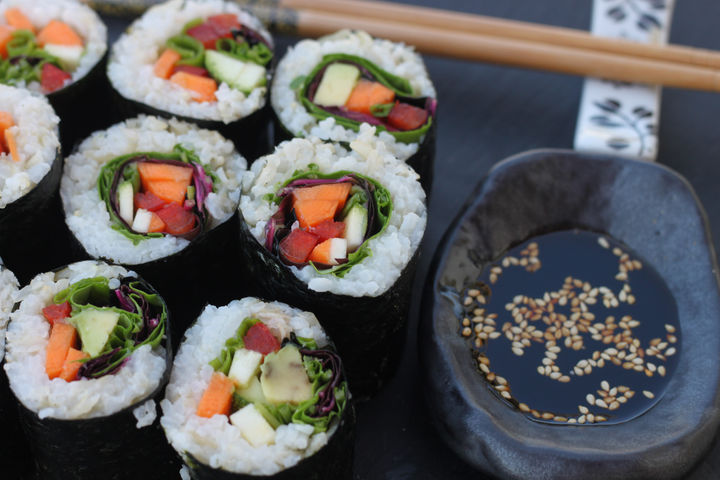
Fish are so rich in omega-3s because they eat algae and seaweed, so incorporating these into our diets is a no-brainer for me! The most obvious (and tastiest) way to include algae and seaweed in my family’s diet is by making our own sushi. Simply boil some rice, choose a filling, stack on a sheet of seaweed (nori) and roll. Cut into bite-size pieces, dunk in some low-salt soy sauce and you’re good to go. It’s a great way to get the kids involved in cooking and to make sure they’re getting their omegas at the same time.
Whether you choose plant or animal sources, getting your omegas though food is much more effective than taking supplements. So choose one of the above options – or pick them all – and start getting more of these good fats into your diet.
SEEDS
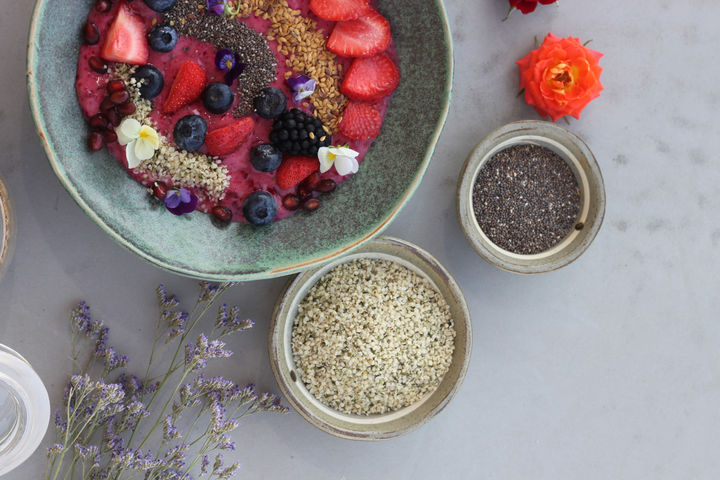
Flaxseeds are the clear winners from the plant-based kingdom. Not only are they one of the best sources of omega-3s, they also contain the highest concentration of lignans of any plant source (lignan is a phytonutrient only found in plants and has been linked to fighting inflammation-based diseases).
The mighty chia seed is no slouch either. As well as being omega-rich, this tiny seed is also a great source of calcium and has amazing hydrating properties. Eaten as is, soaked in nut milks or sprinkled over breakfast, this dense little seed will pack a nutritional punch in any dish.
These seeds can be sprinkled over food, incorporated into dressings, hidden in your favourite bakes or used to top off soups, smoothies and porridge – plus they make great additions to homemade muesli.
